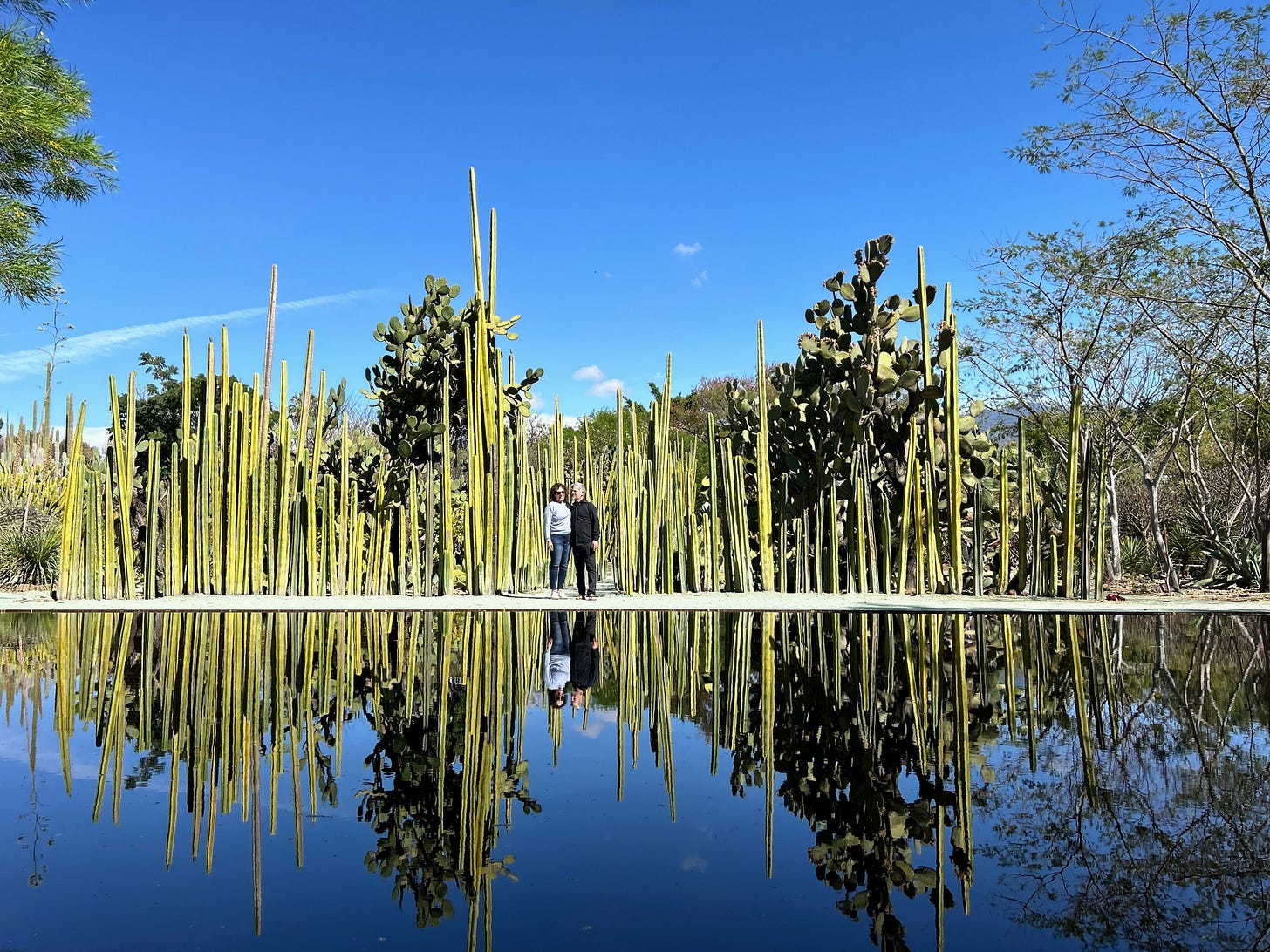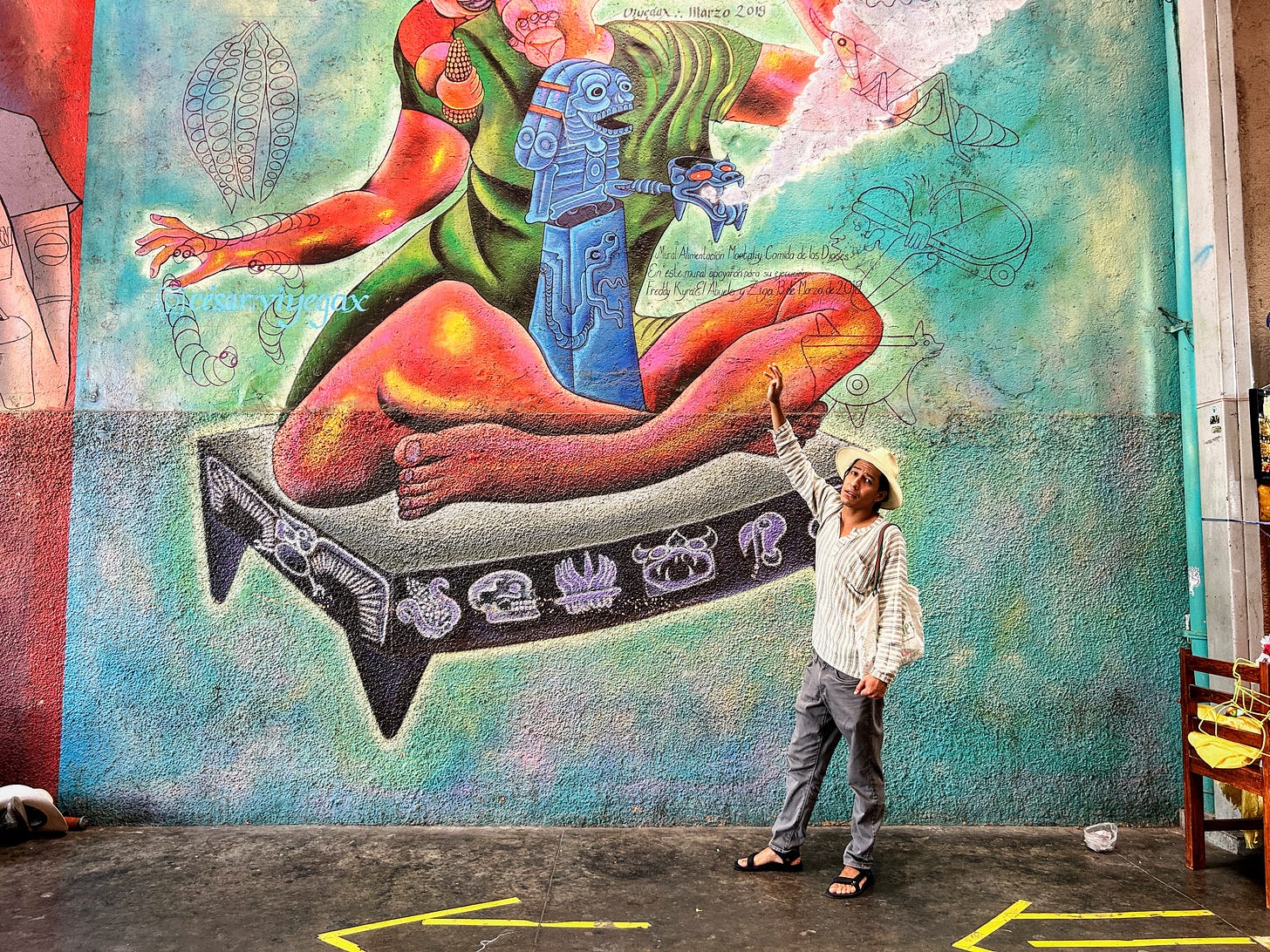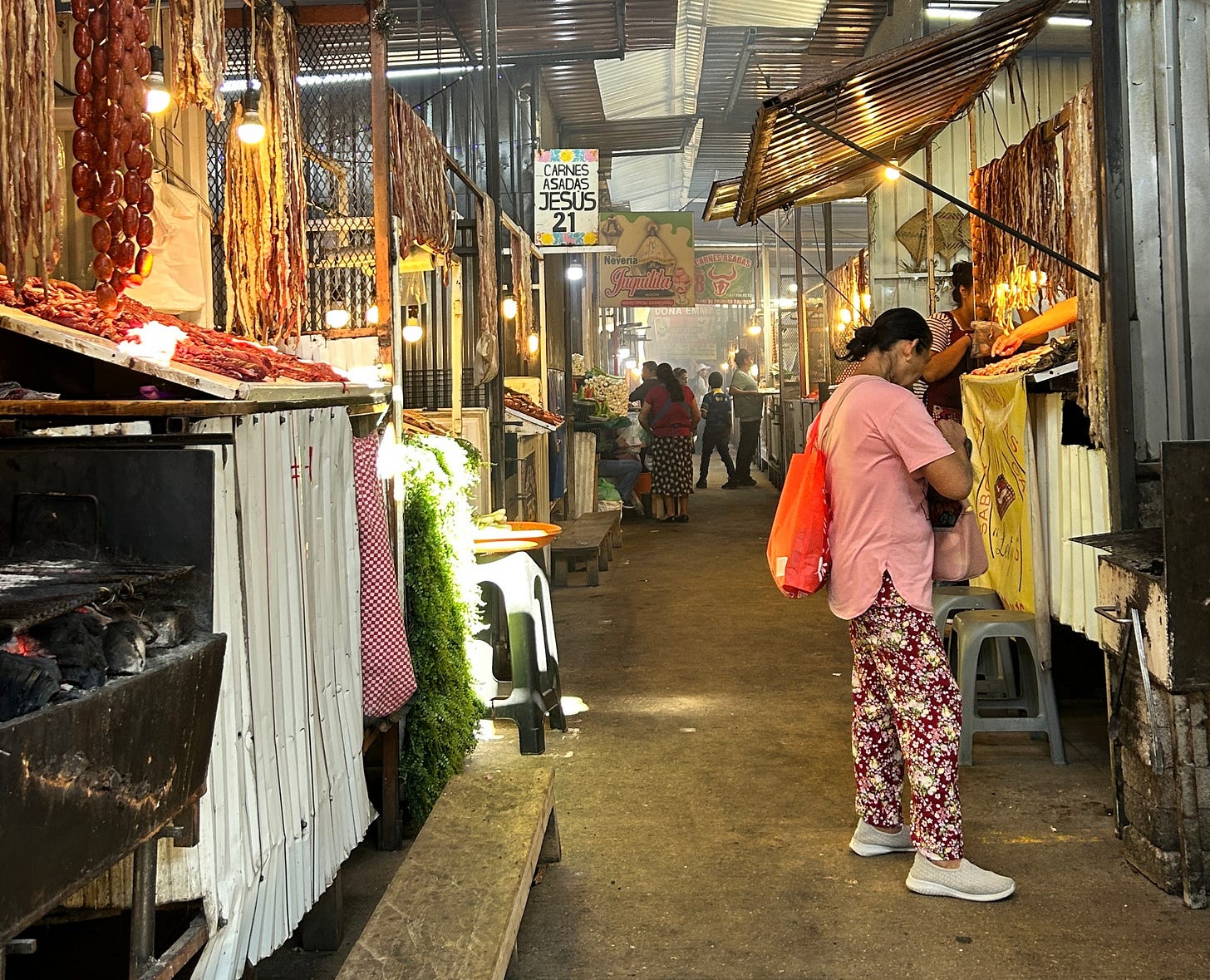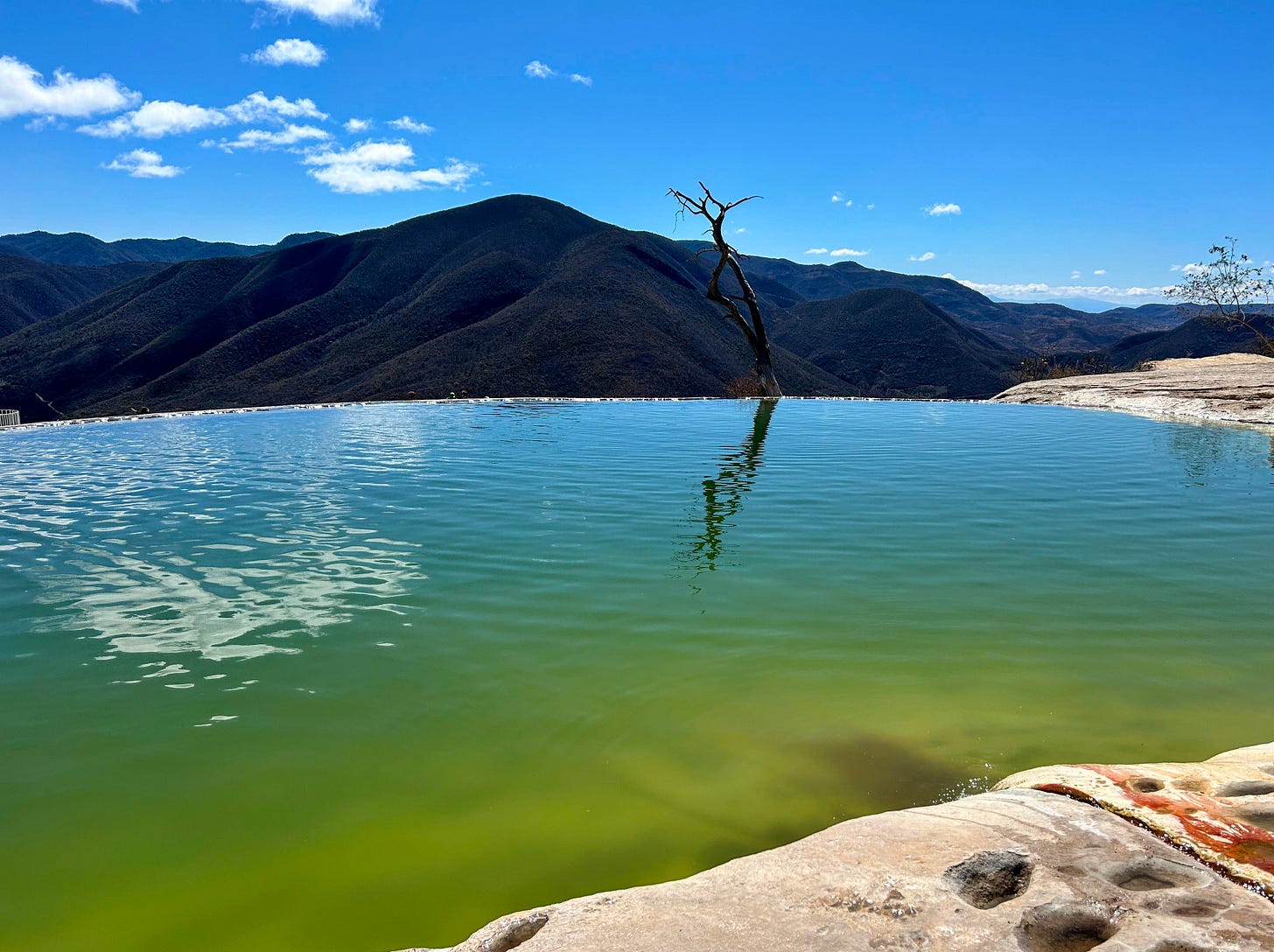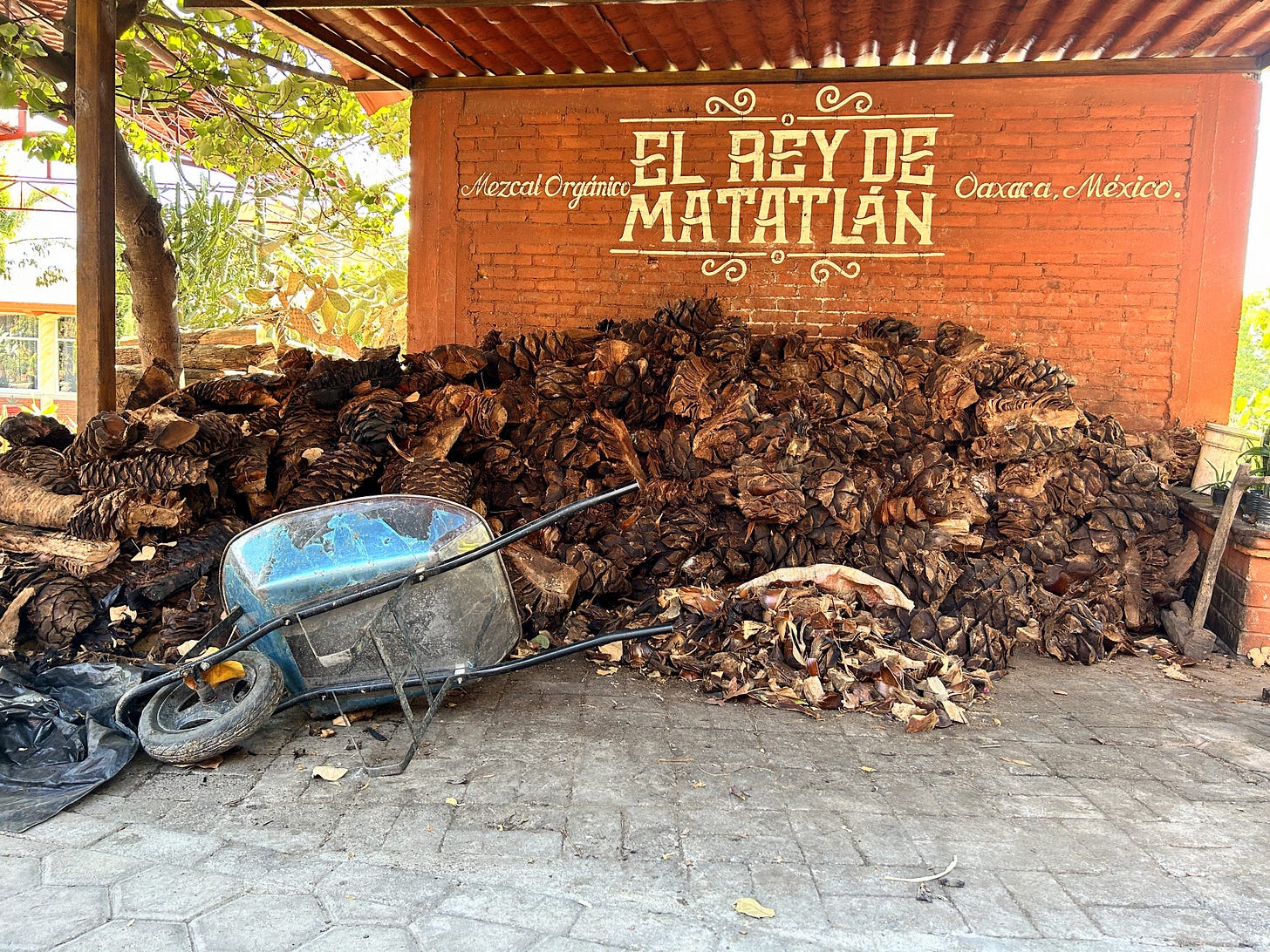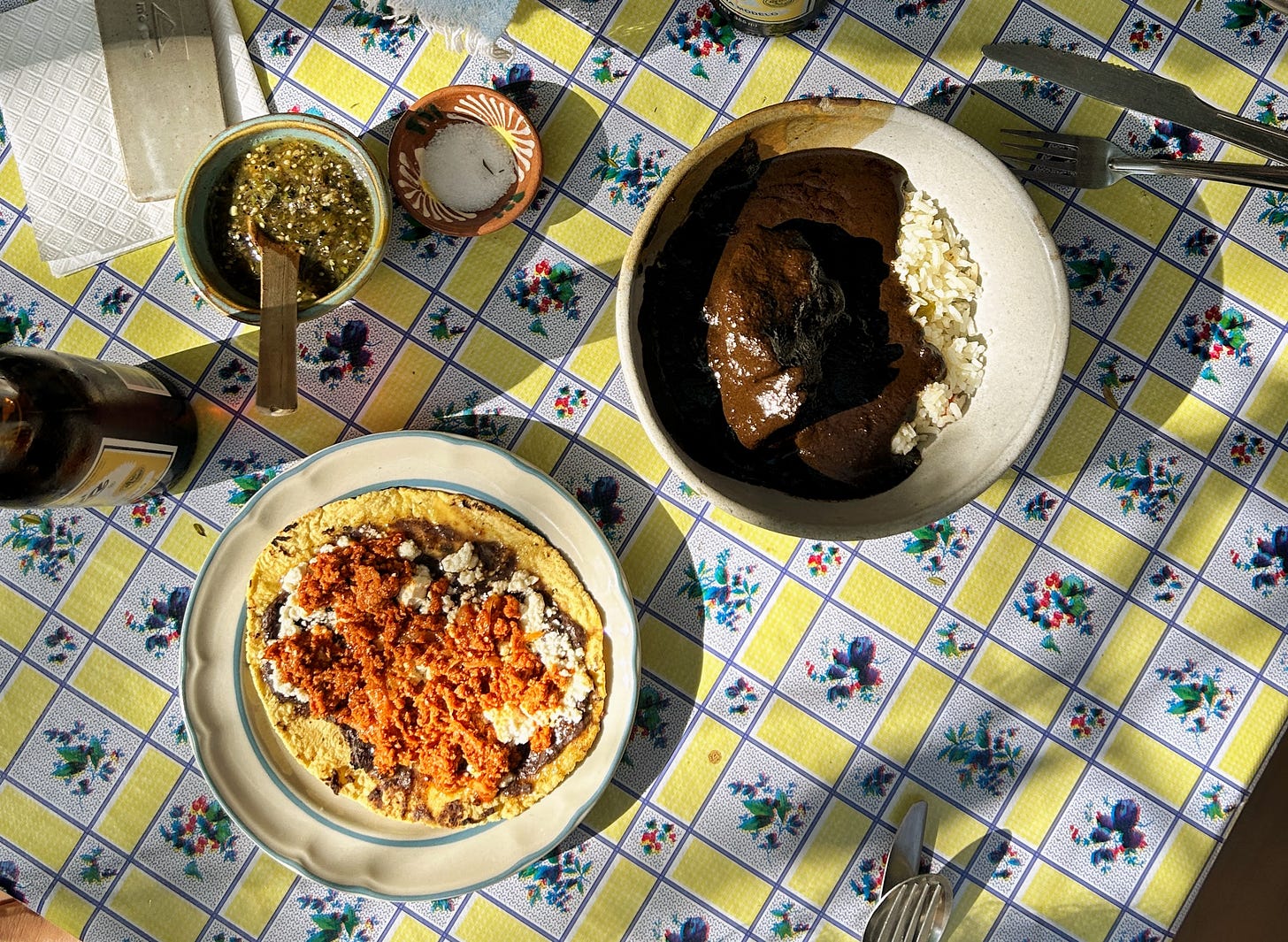5 days in Oaxaca: What to know before you go
Textiles, tamales, tlayudas and running into people you know.
Every trip starts with a trip to the library.
In the months before I go somewhere, I check out books about that place, including a travel guide. Fiction, non-fiction, picture books. These books inform the upcoming adventure in one way or another, but they also fuel the sense of anticipatory joy that is one of my favorite aspects of traveling.
Over the holidays, I picked up Oliver Sacks’ “Oaxaca Journal,” a short little travelog about a weeklong journey to Oaxaca to study the region’s remarkable biodiversity of ferns, and “When Montezuma Met Cortés,” which covers the Spanish invasion of Mexico in 1519, an event that devastated the indigenous population and changed world history.
Getting excited about the sights, smells, tastes and sounds of a place is one thing, but peeling back the layers of social and geopolitical history is another, and as I learned on this recent trip to Oaxaca, there are some things you can’t learn until you get there.
If you have the chance to spend five days there, here’s how I would spend them and what you should know before you go:
The first stop in Oaxaca should be the Museo de las Culturas de Oaxaca, which is the largest and most comprehensive museum in the city. Housed in a former convent, the museum explains the history of this region and includes a newer exhibit about a tomb filled with archeological treasures at the nearby historic site, Monte Alban.
If you’re not a check-out-a-book-from-the-library traveler (or perhaps, especially so if you are), this museum is the best place to learn about what you’ll see and experience during the rest of your time in the region.
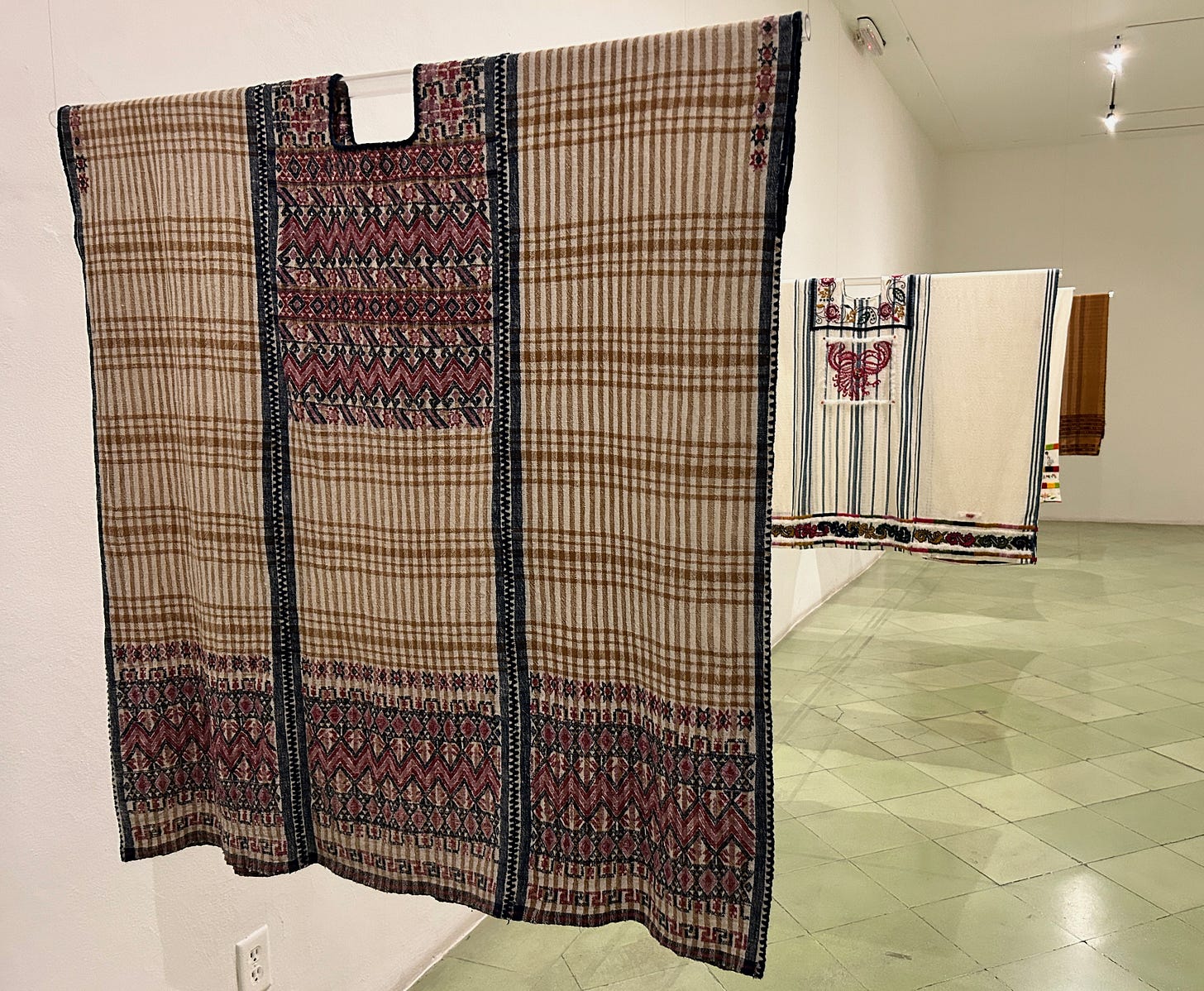
The Museo Textil de Oaxaca and the Museo de Arte Prehispánico de México Rufino Tamayo were small, but nice to check out. There's a postage stamp museum and a photography museum and a contemporary art museum and a museum dedicated to the painters of Oaxaca, so leave some time in your schedule to browse some of these while you’re there. (Many of them do not charge admission, and some only take cash.)
One of the unmissable experiences in Oaxaca is the Jardín Etnobotánico de Oaxaca, an oasis of native plants and cacti, some of which are more than a hundred years old. This site, located next to the Museo de las Culturas, is only open to visitors who take a tour, and the tours can be hard to track down. Most days, they have an English tour at 11 a.m. and a Spanish tour at 10 a.m., but they were short-staffed when we were there, so there were no English tours most of the days. We learned that the English tours fill up quickly, so you have to get there about an hour early to ensure a spot. We found the best strategy was to stop by around 9:30 a.m. and chat with someone at the gate about the options that day.
I haven’t always been a “take a tour” kind of traveler, but I enjoyed having a guide at the ethnobotanic garden, and I’m really glad we had a tour guide for the sprawling Central de Abastos market, one of the largest markets in Mexico, through Etnofood, which offers coffee and cooking classes, mezcal pairings, mixology, hot chocolate tastings, and even woodcarving workshops. (Another place to learn about wood engraving is 20-20 Arte Contemporáneo, which offers three-hour woodblock printing classes in both English and Spanish.)
Our guide led us on a three-hour tour through the winding stalls of the market, including the famous Pasillo de Humo, or Smoke Alley, where long strands of tripe, chorizo, and carne slowly smoke over charcoal. We ate tlayudas, the open-faced tortillas found everywhere in Oaxaca, quesadillas, and an egg fried in a leaf of hoja santa. We tried pulque, tepache, and tejate, a regional drink I’d never seen anywhere else in Mexico. This market tour was one of the highlights of the trip, but these tours fill up, so plan ahead if you want to try to go on one.
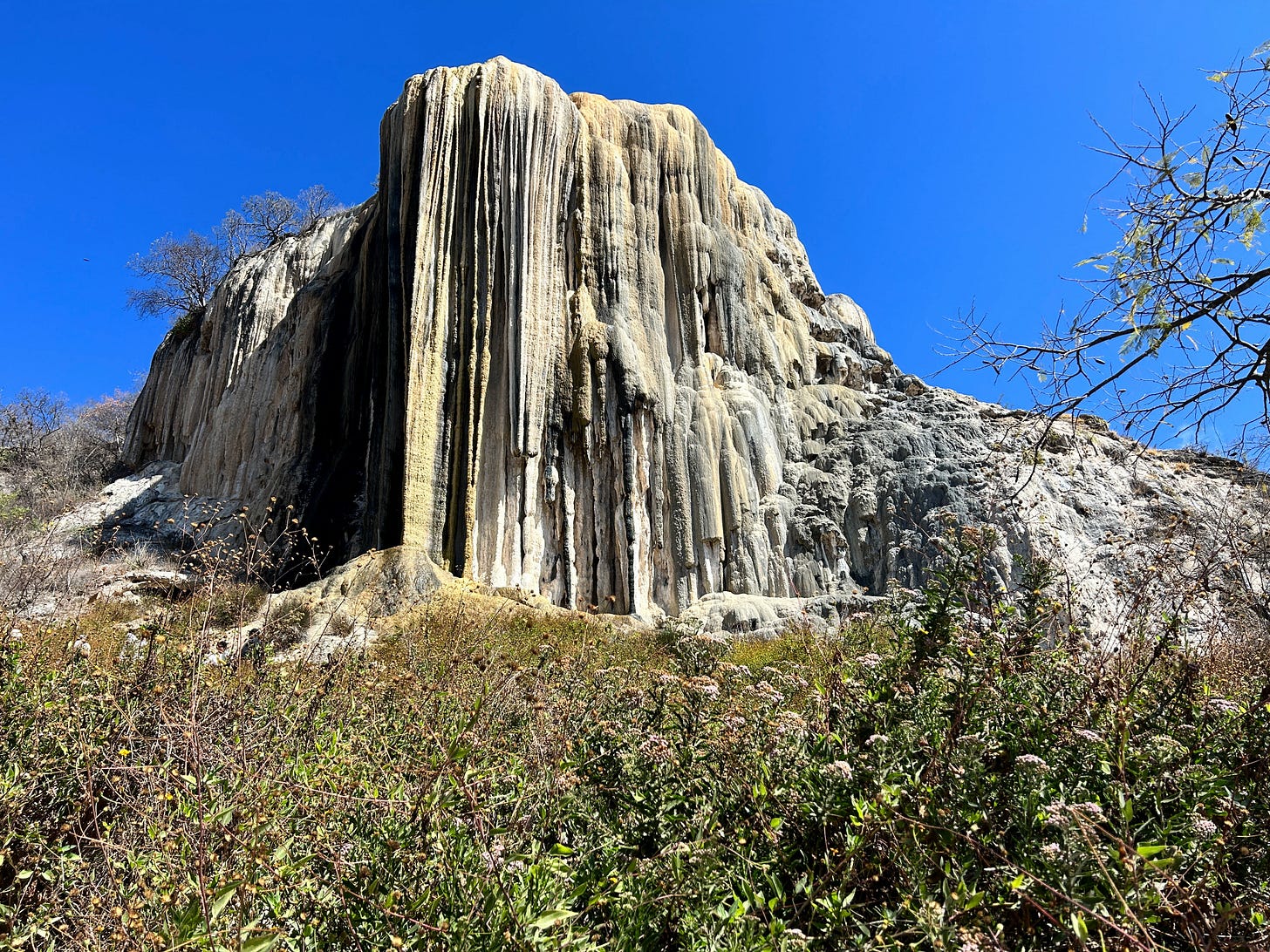
Five days in Oaxaca is enough time for at least one out-of-town adventure, possibly two. There are essentially three day trips that people typically take: Hierve El Agua, a natural area with mineral springs and a petrified waterfall; the archeological site of Monte Albán; and to the small crafting villages outside Oaxaca, where you can see how people make the textiles, ceramics, and mezcal you’ll see everywhere in the region.
You can book these tours from the vendors selling them in the central plazas in Oaxaca, but we booked ours ahead of time on Viator. (You can rent a car, but I’m a fan of the conversations that happen on the tour buses. And I’m not sure I could have navigated the dirt road to Hierve El Agua without cell service.)
At Hierve El Agua, we spent three hours hiking around the huge mineral formations that resemble frozen waterfalls and hanging out in the mineral springs pool. (I caught a rare moment when no one was in the water, but it’s typically full of people.)
On the way home, we stopped by one of the many mezcalerias in the area, where the most interesting discovery was that agave hearts, after it has been slow-roasted in the ground for a week, tastes like a smokey sweet barbecue sauce.
Oaxaca is brimming with restaurants, some of which are popular enough that they require reservations. One of those is Origen, where “Top Chef Mexico” winner Rodolfo Castellanos draws diners from all over the world. I didn’t book reservations ahead of the trip and had to settle for a late lunchtime, which ended up being perfect because we could enjoy a cocktail and some incredible dishes, like pork in chileatole or fish in chicatana ant sauce, while it was still light outside.
I’m so glad we stopped by Almu, a community-run outdoor restaurant where I learned about the concept of tequio, and Terraza Istmo, a rooftop restaurant that serves cuisine from the isthmus region of Oaxaca. Another hidden gem we found was Chirundo Cocina de Humo, a newer live-fire restaurant run by a delightful woman named Alma who made us feel like we were in her home. Our best mezcal experience — even topping the trip to the mezcalería — was a place in downtown Oaxaca called Albina by Teufel, where you’ll find an array of beers from their in-house brewery and dozens of mezcals that you can taste and buy by the sip or by the bottle.
If you like colorful murals, take some time to stroll through the neighborhoods of Xochimilco, Oaxaca’s oldest neighborhood that has a notable aquaduct running through the center, and Jalatlaco, which are close to downtown but will provide a respite from the busy center.
A couple of other things I’d tell people planning their own trip to Oaxaca:
Pack light. You’ll want to bring home things like dried chiles, mole paste, and mezcal that are nearly impossible to buy in the U.S. and whatever artisan crafts you desire.
Say yes to street food. One of the best bites I had was from a woman walking around selling tamales with her daughter. And you’ll regret not stopping by Tacos del Carmen.
Get lots of cash from the ATM or exchange counter. Like $5,000 pesos worth. That’s about $300. You’ll need it to pay for restaurants, cabs, and jewelry or clothing you want to buy from street vendors. (Every time I go to Mexico, I only get like $800 pesos to start because I’m afraid of accidentally withdrawing in USD rather than pesos — they use the same currency symbol — and 12 hours later, I wish I had more cash.)
Lastly, don’t be surprised if you run into someone you know. I was browsing in a store when I saw my friend Blair, who lives in Mexico City, walking by with some friends. It was a moment of familiarity in a place that was starting to become more familiar, thanks to all that reading and all those museums and all those conversations we struck up with other visitors and locals who were kind enough to engage our curiosity.
Because travel isn’t about checking items off a to-do list that some writer posted online. It’s about opening ourselves to new people and new ways of seeing the world.
Happy Monday, Feminist Kitchen friends! It’s been a busy few weeks since we got back from Oaxaca, mostly because I’ve been trying to distribute the last of these zines, both to paid subscribers and to folks who are buying them individually online.
I’m happy to announce that the Austin Public Library’s downtown gift shop will start selling individual copies of the zine on March 1! And keep your eyes peeled at local coffee shops and stores like Central Market and Wheatsville — I have been dropping off extra copies that I had leftover after that the printing SNAFU that happened over the holidays. I figured that would be the best way to make lemonade out of lemons. 🍋
I hope that you all have been enjoying the zines! If you are a paid subscriber and have not received one, please let me know. I’m still ironing out the process of getting those mailed to all of you twice a year, so thank you for your patience and your support, as always.
Addie



